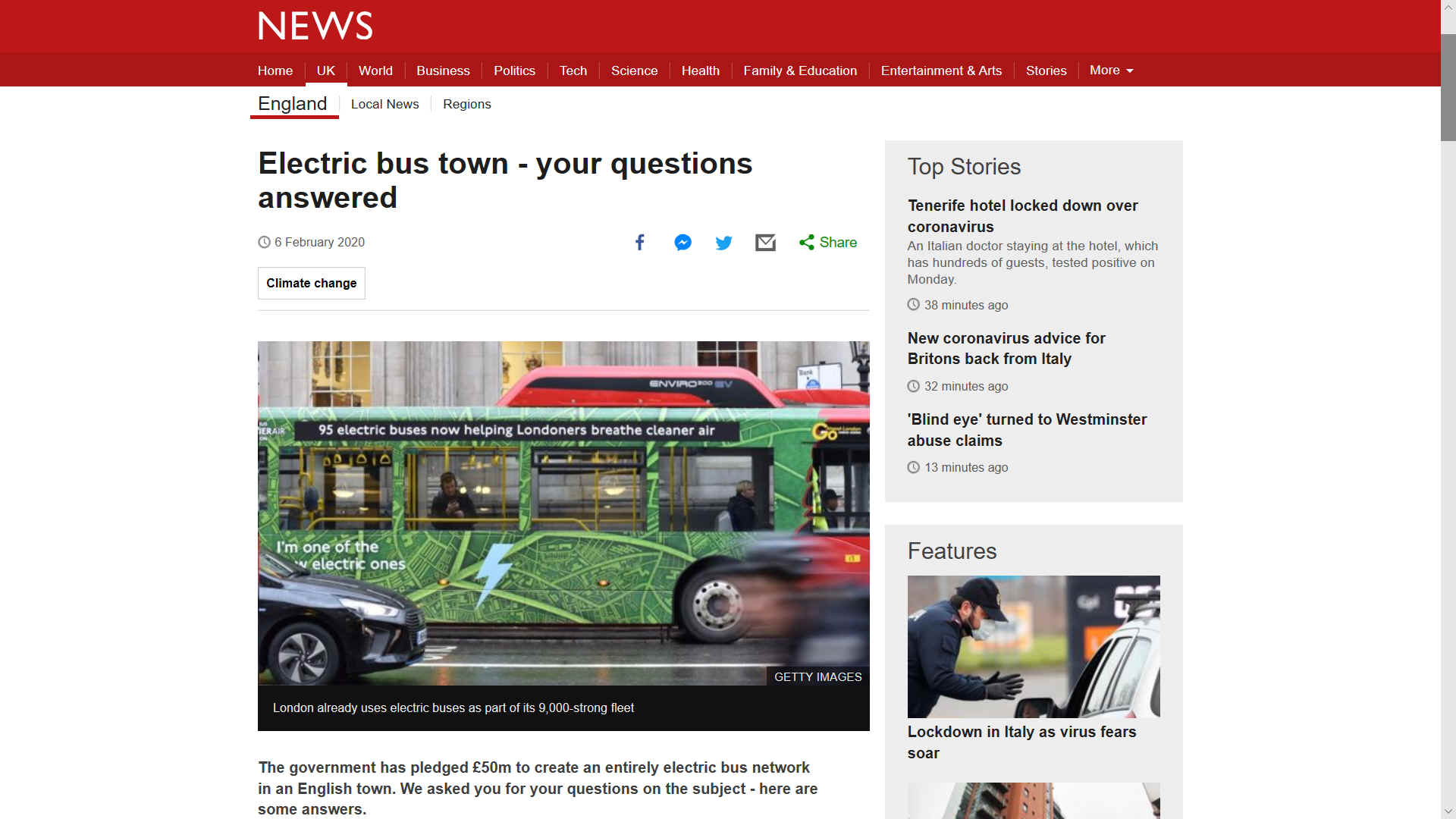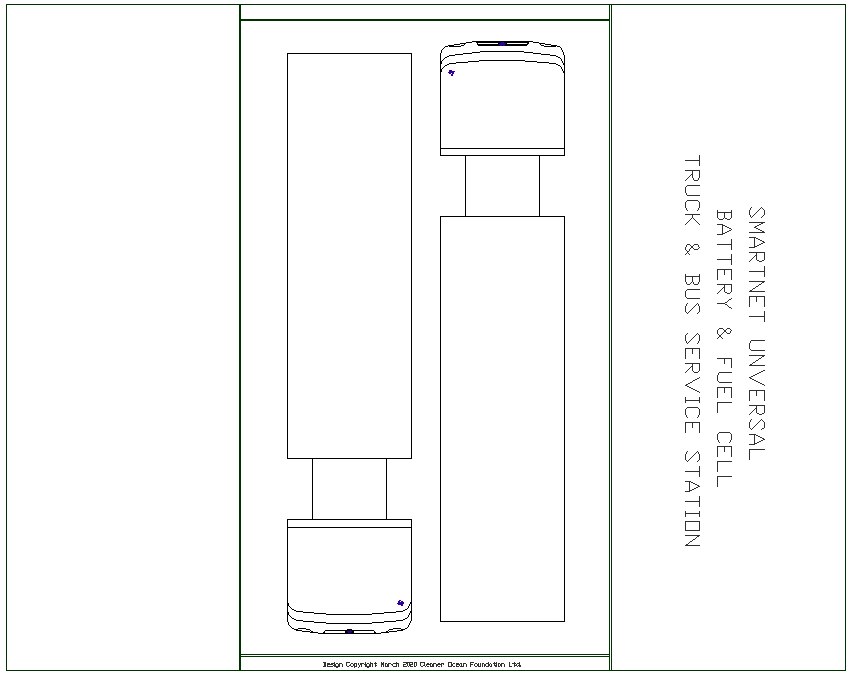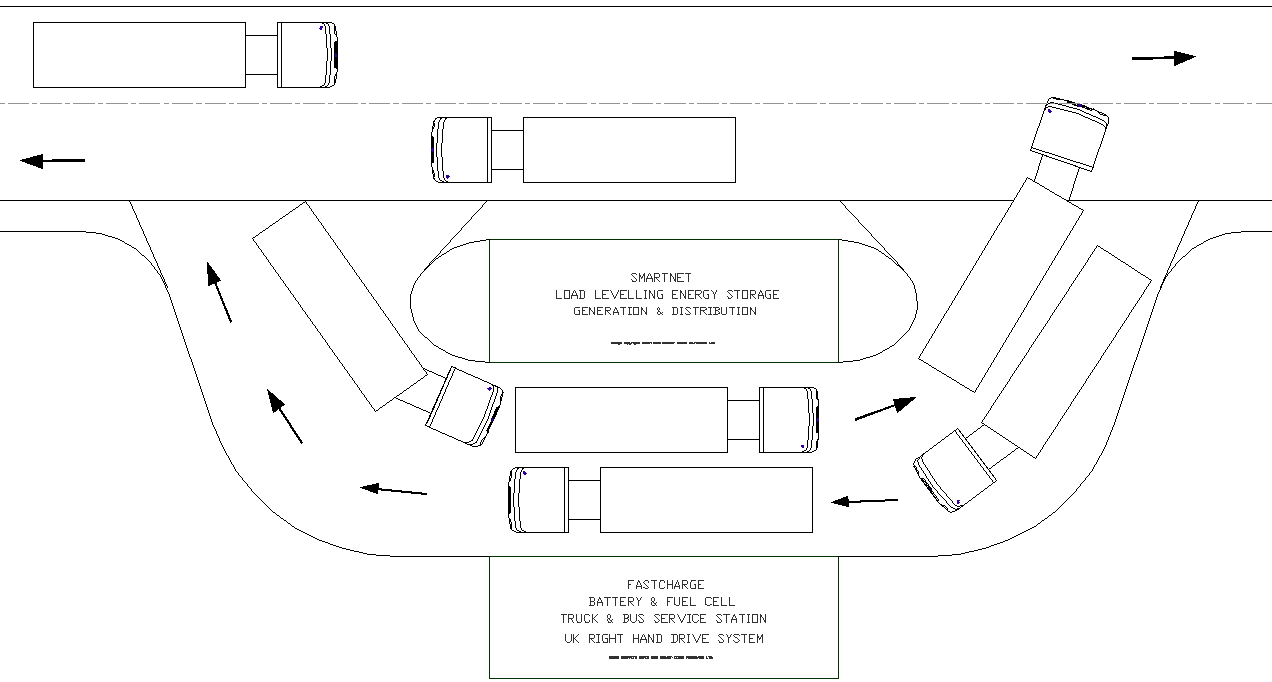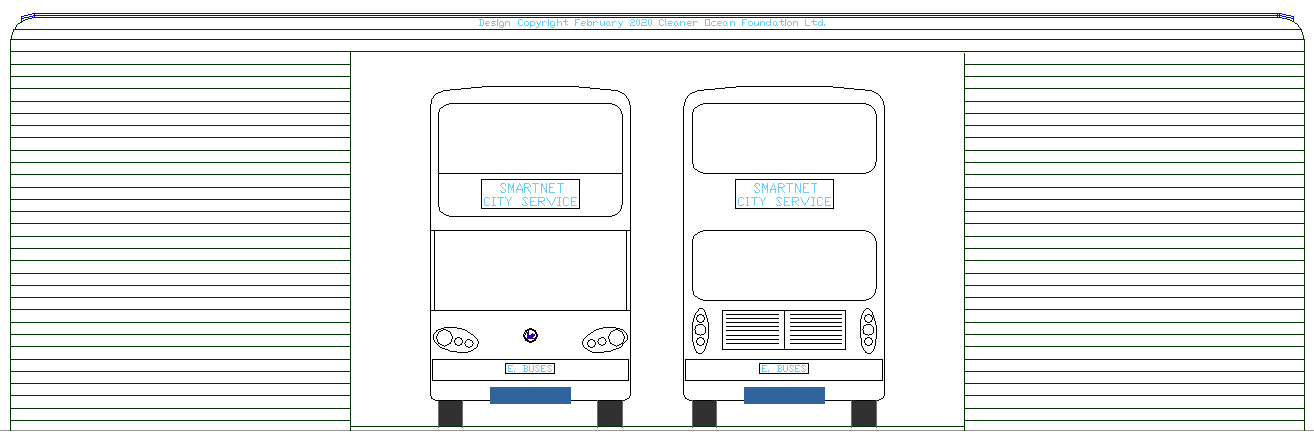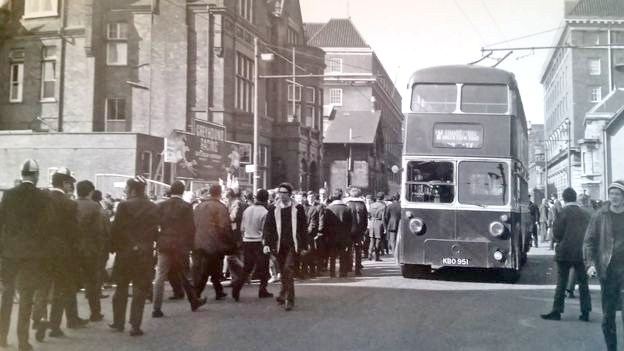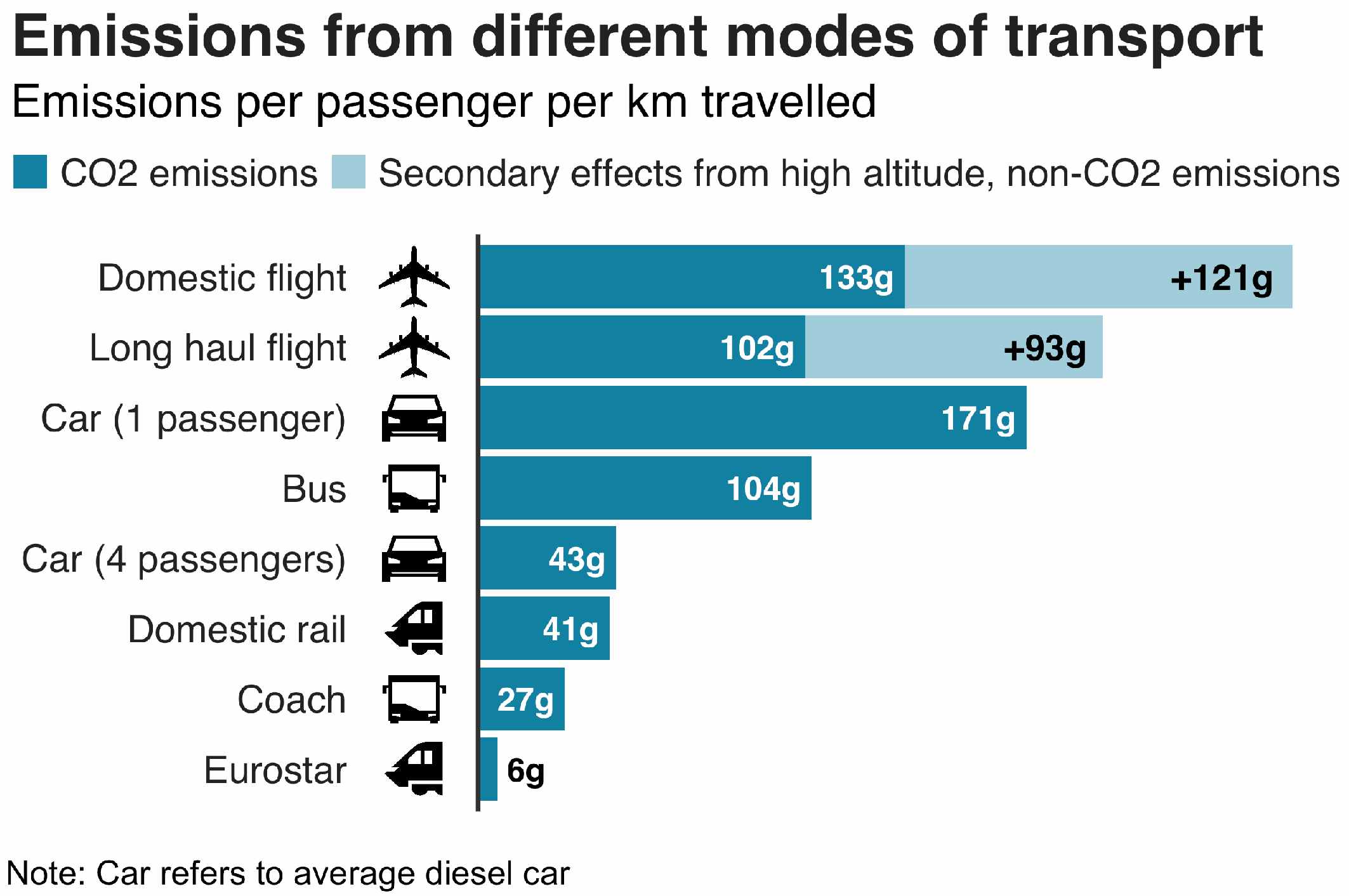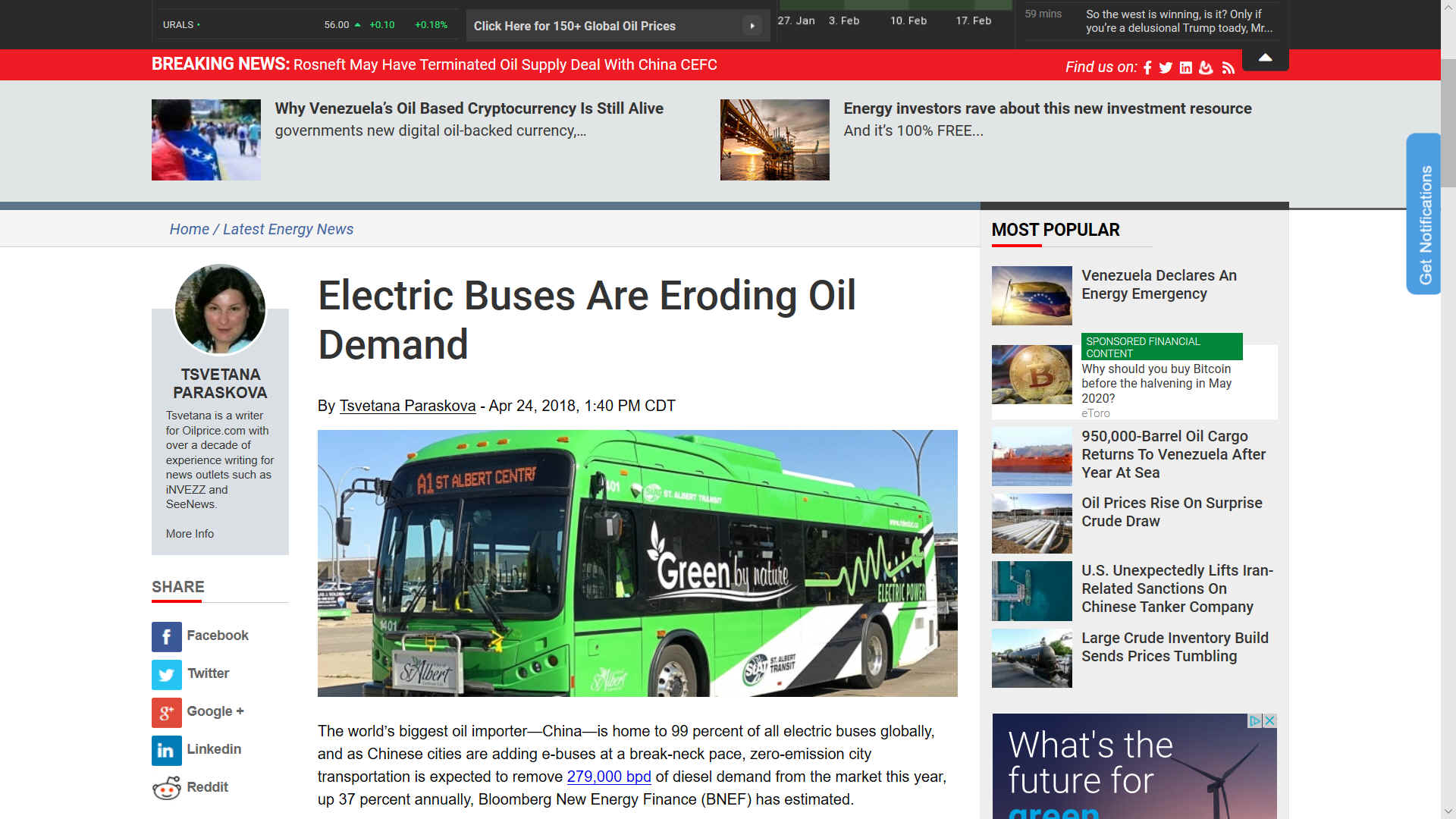|
HGVs TRUCKING LOGISTICS
Please use our A-Z INDEX to navigate this site or see HOME
|
|
FIFTY MILLION POUNDS - The British government has pledged £50m to create an entirely electric bus network in an English town. They are a bit slow off the mark, where the Chinese are concerned, but it is better to be late than never. Today, about 425,000 electric buses roam the planet, but 99 percent of them are in China.
The
idea of using electricity for long distance trucking is relatively
new. Electric Trucks (ETs) have been around in niche applications for over a hundred years, but
the recent advent of lithium ion batteries has enabled the range of electric trucks to increase to
well over a hundred miles, making them
more attractive for operators.
According to the United States Department of Energy, the cost per kWh capacity of
battery packs for trucks fell from $500 in 2013 to $200 in 2019.
This is good news as we get into climate action top gear.
Enter the era of ultra-quick battery swapping and the SMARTNET load leveling stations that are being developed in the UK, but could, or should be part of a Europe wide, then international drive for clean transport. You can see how this might work in the CAD diagrams below.
SMARTNET TRUCK STATIONS - One size fits all. Most existing vehicles might be converted to battery cartridge exchange. All you need is the service station. These stations also service buses, coaches and cars, while they provide load leveling mobility security. Trucks come in all shapes and sizes, from rigid flatbeds to articulated lorries, mostly defined by their cubic carrying capacity and weight, or specialized function, such as the container truck shown. The service station above caters for all standard sized vehicles and is Copyright diagrams March 2020 © all rights reserved, Cleaner Ocean Foundation Ltd.
EFFICIENT LOAD LEVELING - Other battery cartridge service stations use more energy per exchange. The keys to this design are simplicity and versatility. The station is designed to be solar powered.
DUAL PURPOSE BATTERY STORE - This diagram shows a SMARTNET service facility in plan view, with articulated trucks turning in from a (UK right hand drive) main road, into the service station - passing through for battery swapping - and then exiting back onto the main road. The suggested layout speeds up refills and assists traffic flow in busy cities. This battery storage facility carries 60 standard cartridges, but can carry 96 battery units in the same footprint. Alternatively, a flat-pack station with a smaller footprint can be installed in congested towns. Electricity can be stored in the facility for load levelling, then fed back to the local grid for distribution, to use wind and solar generated energy more efficiently.
As an aid to the electrification of cities for bus based public transport, stations like these would avoid the need to install thousands of individual charging points, meaning that 2030 climate change targets might be met. Copyright diagrams March 2020 © all rights reserved, Cleaner Ocean Foundation Ltd.
GOVERNMENT BLOCKERS
In 1995 the Dti in England confirmed in writing that there was no future for battery electric vehicles, so ruling out the development of swapping station development, until they had a change of heart. Europe and Australia were of a similar mind. The political technology brakes had been applied in typical red flag fashion.
CARB in the USA had already said something similar in 1991, and put that in writing too.
These were opportunities missed, that had to wait for climate warming to get to dangerous levels before anyone might again take sufficient notice of a concept that provides a solution. The time may be ripe to look for development partners in terms of risking precious time against business planning and the making of grant applications that previously had no chance of success due to the perceived lack of commitment on the part of the parties.
The proposed system is ideal for the rapid recharge of trucks; heavy goods vehicles (HGVs). That could mean clean cities free of particulates where lung cancer is at its worst. The same cartridge system will work just as well in buses, coaches, (and cars) - where buses are based on trucks components - they share parts commonality in terms of axles and chassis members.
Instant cartridge swapping at dedicated service stations, means that trucks can haul long distances without the need to stand around while waiting for fast charging from plug in sockets. There is no need to change tractor units, something that owner-operators would find alien. And battery exchange avoids straining the national grid, with intelligent management kicking in to help contain CO2 and other greenhouse gases from conventional generating stations. We don't want any more of these planet warmers, we want solar and wind generators with active load leveling.
BUS & COACH BASED PUBLIC TRANSPORT - One size fits all. Most existing buses and coaches might be converted, the same as trucks. What is needed is the service stations to kick things off. These stations also service cars and vans, while they provide load leveling mobility security. Trucks and buses come in all shapes and sizes, such as the famous red London double-deckers and Greyhound coaches in the US, defined by their passenger seating capacity. The service station above copes with all standard sized vehicles and is a flatpack. Meaning that they can be installed quickly with the minimum of ground works. Copyright February 2020 © all rights reserved, Cleaner Ocean Foundation Ltd.
POLICY MAKERS ACT RETROSPECTIVELY
Politicians rarely have vision, they are too busy getting elected, then preparing for re-election. Civil servants are too busy correcting the mistakes of pervious administrations to genuinely plan ahead - and that is why we have global warming. Nobody in power saw it coming. Or, if they did, they ducked the issue, leaving it to the next successful candidate to sort out.
Though we know this, and there have been some unbelievable blunders, we should proceed on a no-fault basis, to try and work out a system that our children will eventually be proud of.
MAKES OF ELECTRIC TRUCKS
MAKE OF ELECTRIC BUSES & COACHES
- BDY
....
BLOOMBERG EXTRACT 2018 - Electric buses were seen as a joke at an industry conference in Belgium nine years ago when the Chinese manufacturer BYD showed an early model. Suddenly, buses with battery-powered motors are a serious matter with the potential to revolutionize city transport - and add to the forces reshaping the energy industry. With China leading the way, making the traditional smog-belching diesel behemoth run on electricity is starting to eat away at fossil fuel demand. The numbers are staggering. China had about 99 percent of the 385,000 electric buses on the roads worldwide in 2017, accounting for 17 percent of the country's entire fleet. Every five weeks, Chinese cities add 9,500 of the zero-emissions transporters - the equivalent of London's entire working fleet, according Bloomberg New Energy Finance. All this is starting to make an observable reduction in fuel demand. And because they consume 30 times more fuel than average sized cars, their impact on energy use so far has become much greater than the than the passenger sedans produced companies from Tesla to Toyota. For every 1,000 battery-powered buses on the road, about 500 barrels a day of diesel fuel will be displaced from the market, according to BNEF calculations. This year, the volume of fuel buses take off the market may rise 37 percent to 279,000 barrels a day, about as much oil as Greece consumes, according to BNEF.
CONTACTS
Bluebird Energy Systems (SME) PIC No: 895922168
Cleaner Ocean Foundation (Not for profit) PIC: 915580382
LINKS & REFERENCE
https://www.ukhaulier.co.uk/ https://ec.europa.eu/jrc/en/news/e-vehicle-market-europe-slowly-gaining-momentum https://en.wikipedia.org/wiki/Electric_truck https://www.daf.com/en/about-daf/innovation/electric-and-hybrid-trucks
Please use our A-Z INDEX to navigate this site
|
|
|
This website is provided on a free basis as a public information service. copyright © Climate Change Trust 2021. Solar Studios, BN271RF, United Kingdom.
|
